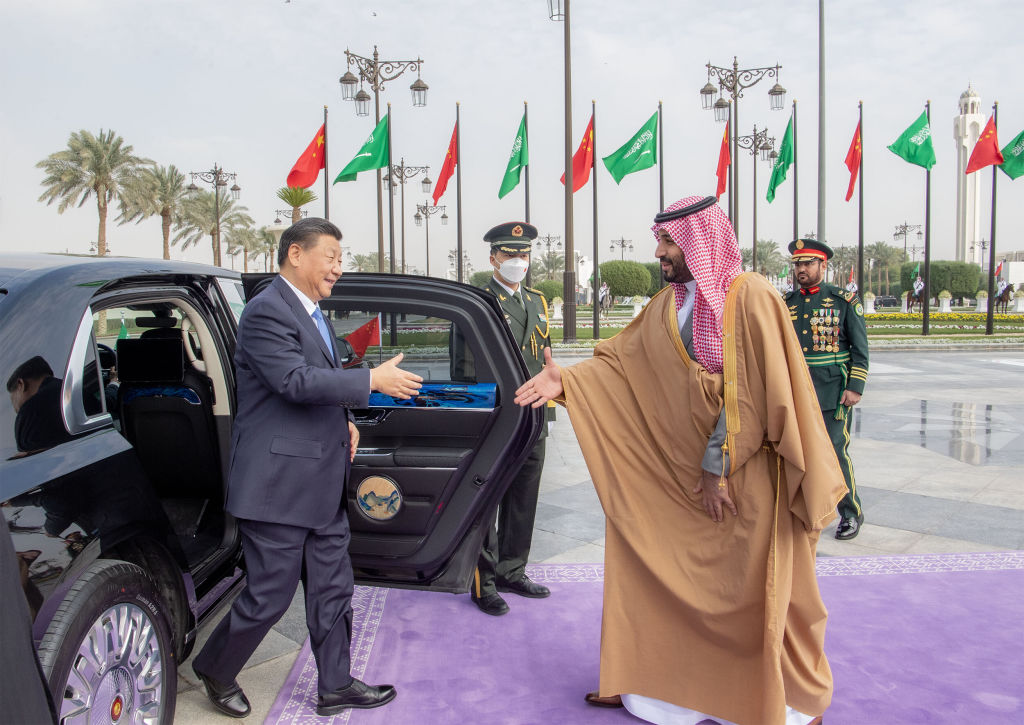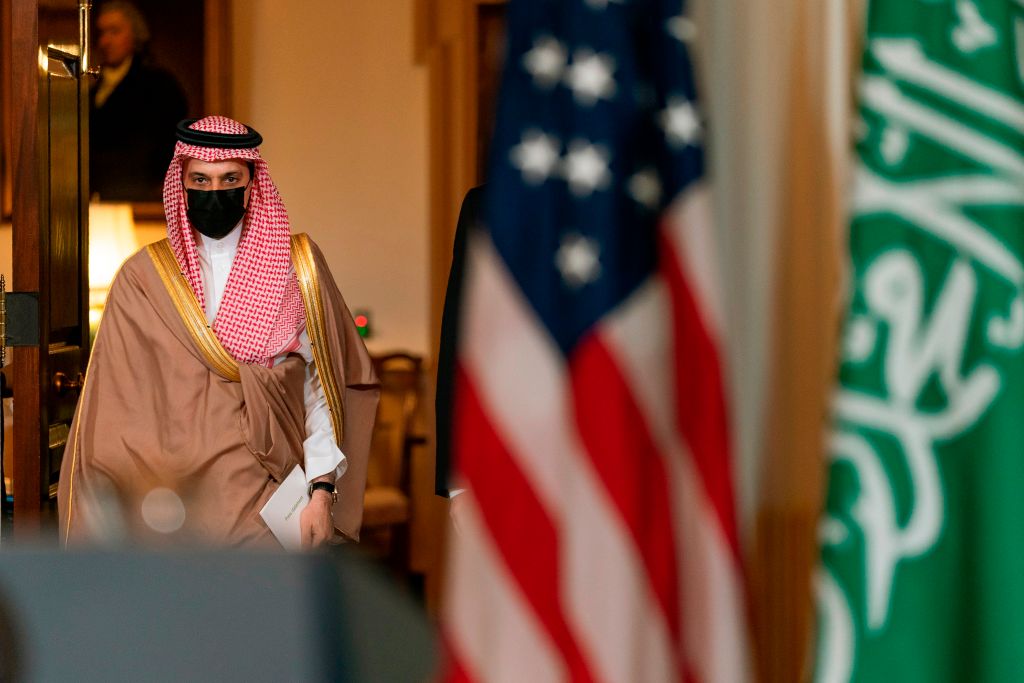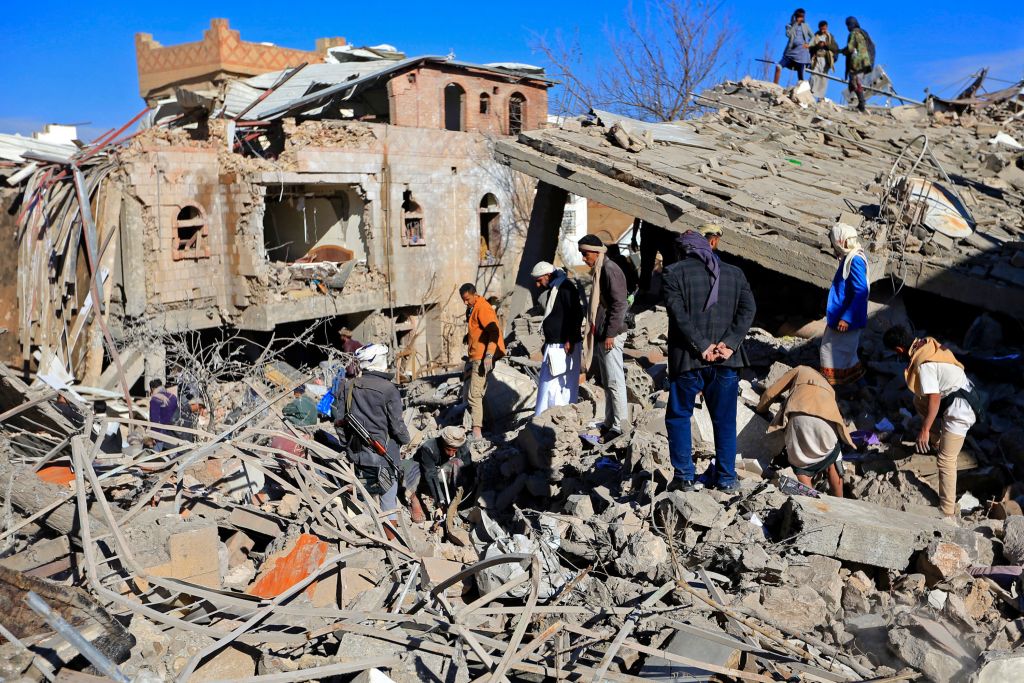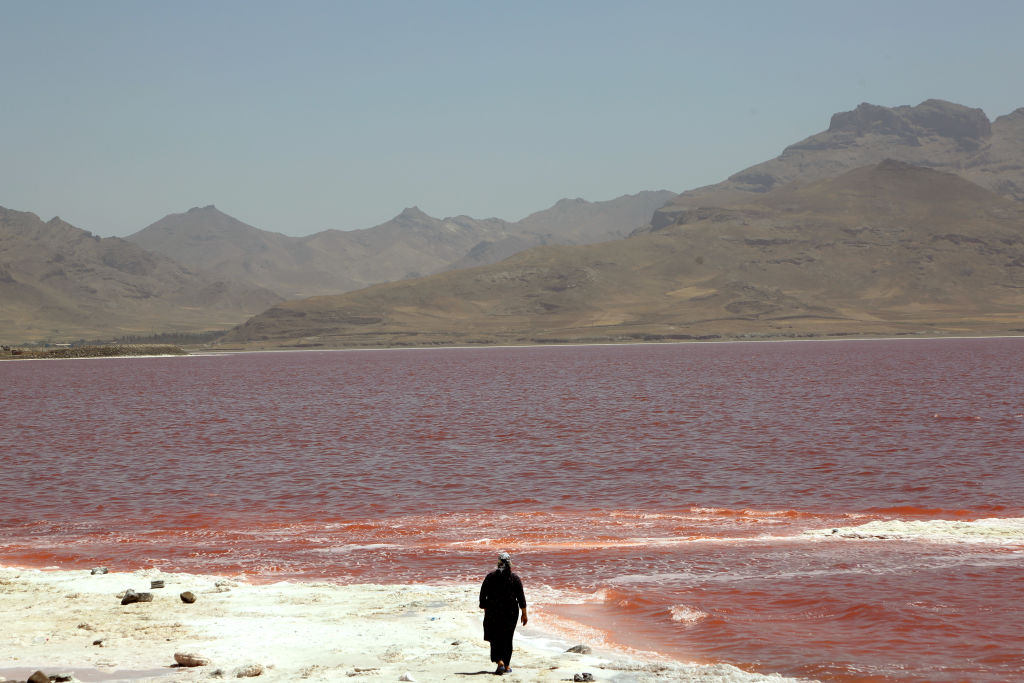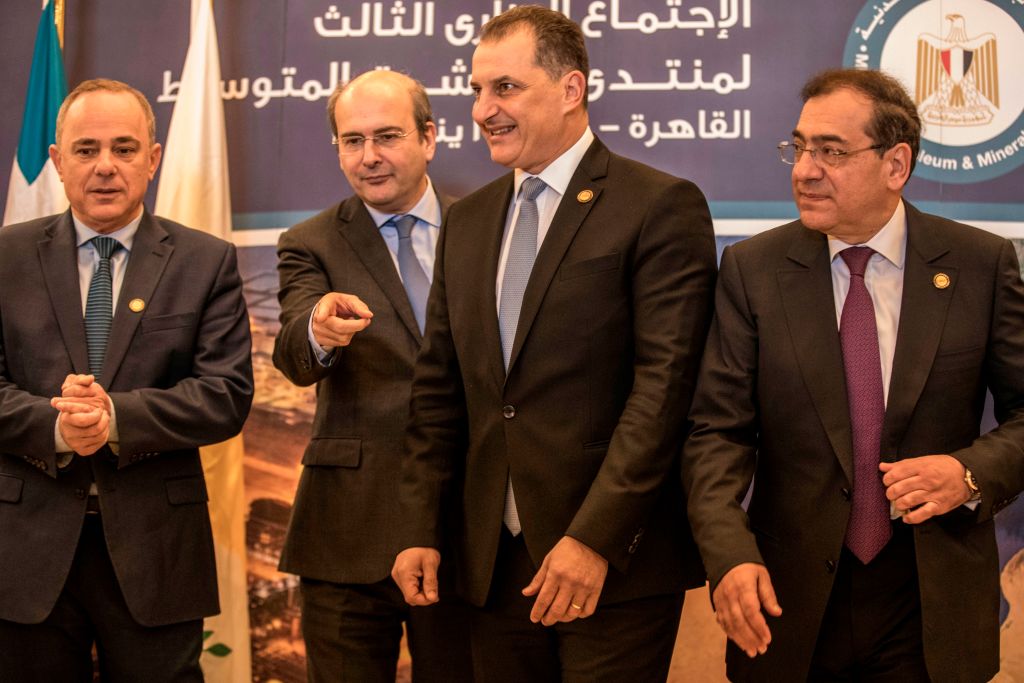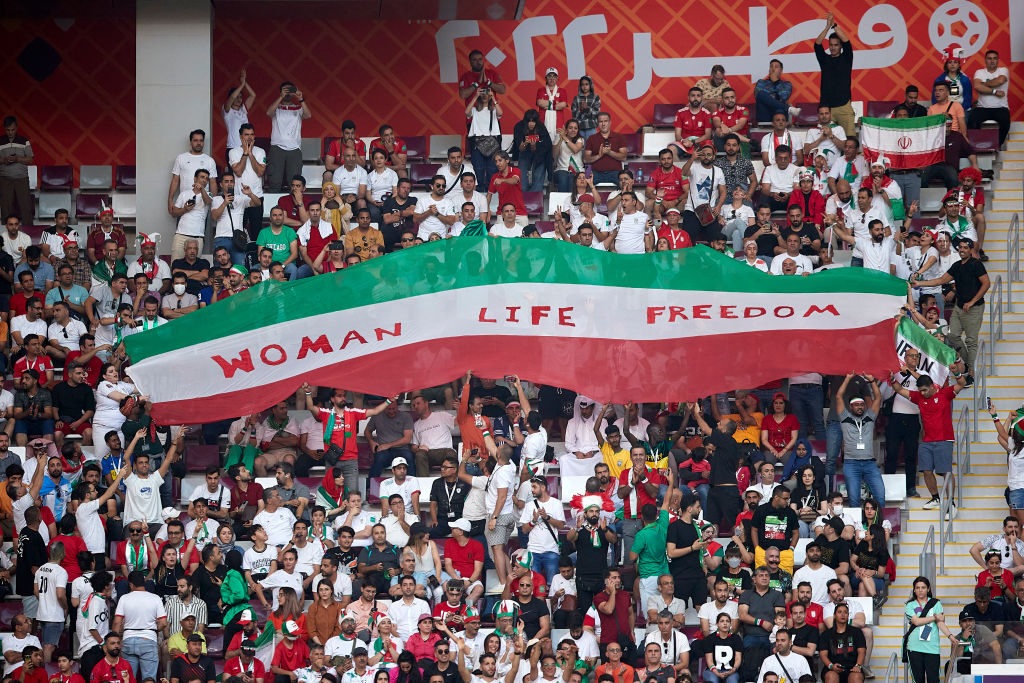
As the protests in Iran enter pass the three-month mark, their number and intensity are beginning to decrease due to brutal government suppression. The policy of the ruling theocracy has been clear from the outset: they aim to crush the protests, which they will most likely succeed in doing, to ensure public dissention doesn’t gain sufficient traction nationally to threaten the regime’s existence.
An accurate picture of developments in Iran is clouded by the misinformation and disinformation being disseminated by various groups. What is known is that the protests were triggered by the death in custody of 22-year-old Mahsa Amini, an ethnic Kurd, detained by the religious morality police for wearing her headscarf, or hijab, ‘inappropriately’.
Amini’s death triggered nationwide protests, initiated and led by young women, many university students and graduates, using the slogan ‘Woman, Life, Freedom’. However, the protests quickly spread beyond these issues, attracting wider public and mixed-gender support for pursuing broad social and other issues including economic hardship, high-level corruption and the theocratic nature of the regime itself.
How many protesters have taken to the streets, and the gender mix, are not known. As of early December, the non-profit organisation Iran Human Rights estimated that more than a thousand separate demonstrations had occurred nationwide, involving some 155 cities and nearly half the nation’s universities.
At least 458 protesters have been killed, including 29 women and 63 minors. More than 50 members of the security forces have also been killed. Besides Tehran, most killings occurred in the Baloch, Azeri and Kurd ethnically dominant provinces in the southwest, north and northeast. More than 18,000 protesters have been detained and 11 have been officially sentenced to death by Iranian court. Two have been executed so far. An Iranian Islamic Revolutionary Guards Corps general acknowledged on 28 November that more than 300 protesters had been killed, the only number of deaths admitted to date by the government.
Earlier national protests—for example in 2009 about electoral fraud and in 2019 over fuel prices—had a political and economic focus, and were primarily initiated and driven by men. That women have led the current protests, based principally on social issues, is a first, posing new challenges to the theocracy.
Women have long faced cultural discrimination in Iran. Despite women comprising a majority of the country’s university graduates, Iran ranked 144th out of 146 for gender inequality by ‘economic participation and opportunity’ in Human Rights Watch’s 2022 report. Only 15% of Iranians in the job market were women and unemployment was estimated at 36% versus 21% for men. Women’s prospects for promotion to higher management positions in government, in the multitude of government-owned enterprises and major charitable trusts, and in the private sector were significantly lower than men’s. And while all women over the age of 18 have the right to vote and contest elections for the Islamic Consultative Assembly (Iran’s parliament), of its 290 elected members, just 16 are women. Only one woman is serving in the current 35-member cabinet, Ensieh Khazali, the vice president for women and family affairs.
Religious strictures, more generally than just dress code, are also a major issue for many women. Iran’s constitution, introduced in 1979 by the revolutionary clerics, states that ‘both men and women equally enjoy the protection of the law and enjoy all human, political, economic, social and cultural rights’. It also provides freedom of the press, expression and public gatherings. However, these rights are subject to the qualification that their exercise must be ‘in conformity with’, ‘not violate’ and not be ‘detrimental to the fundamental principles of’ the ‘criteria of Islam’. Iran has adopted the unique Velayat e Faqih system of Islam, under which all civil rules, regulations and state functions are subject and subordinate to Islamic law. But as with laws anywhere, they are subject to interpretation, and the final authority rests with the supreme leader, the ‘national guardian’, who has the constitutional powers of ‘supervision’ over all state and religious matters. The current supreme leader, Ayatollah Ali Khamenei, is a conservative.
One of the strong demands of the protesters is more social freedoms, including a more liberal dress code for women. While some freedoms were allowed during the presidency of Hassan Rouhani (2013–2021), a moderate, an increasingly strict version of the Islamic code has been enforced since the election of his successor, Ebrahim Raisi, a conservative. Enforcing and resisting the ‘correct’ wearing of hijabs has become a symbolic contest.
This contest has also taken on another dimension: while the majority of protesters are seeking liberal change within the existing theocratic system, a minority have been pushing for structural change, a secular system with the separation of religion and state. Both have been seen by the ruling regime as seriously challenging the system, but the latter are more threatening because they challenge the very structure underpinning the ruling regime.
The Iranian government has predictably blamed ‘foreign enemies’ for the unrest. Protesters have indeed received foreign support, especially across the internet and social media. The most likely overseas sources of support are the US, Israel, Saudi Arabia and members of the anti-regime diaspora, particularly in the US and Europe. Other reports indicate attempts to exploit the protests to cause ethnic unrest, notably among the Kurds in western Iran and the Baloch in the southeast. While ‘foreign interference’ has contributed in part to the protests and unrest generally, the primary cause is unquestionably domestic policies.
But is the regime listening at all? Media reports claimed earlier this month that the morality police had been ‘shut down’. In the absence of official confirmation, it’s more likely that the government has adopted its predecessor’s interim non-enforcement policy to take some of the heat out of the protests.
Some prominent Iranians have called on the government to listen to the protestor’s demands and back off their crackdown. These include Mohammad Khatami, the reformist president from 1997 to 2005; Badri Hosseini Khameini, sister of the supreme leader, who has described her brother’s ‘despotic caliphate’ as having brought nothing but suffering; and the Iranian soccer team, who demonstrated their support for the protesters by refusing to sing the national anthem in their first match at the World Cup in Qatar.
The theocracy’s brutal response to the protesters has also generated strong condemnation by the leaders of Western and other nations, including Prime Minister Anthony Albanese and Foreign Minister Penny Wong. The UN Economic and Social Council has just adopted a US-drafted resolution to ‘remove with immediate effect the Islamic Republic of Iran from the Commission on the Status of Women … for the remainder of its 2022–2026 term’.
There is considerable scope for Iran’s ruling conservative government to compromise in ways that could lessen discrimination and advance women’s rights, but without threatening the theocratic structure of the regime. Non-enforcement of the hijab rule is a start.




